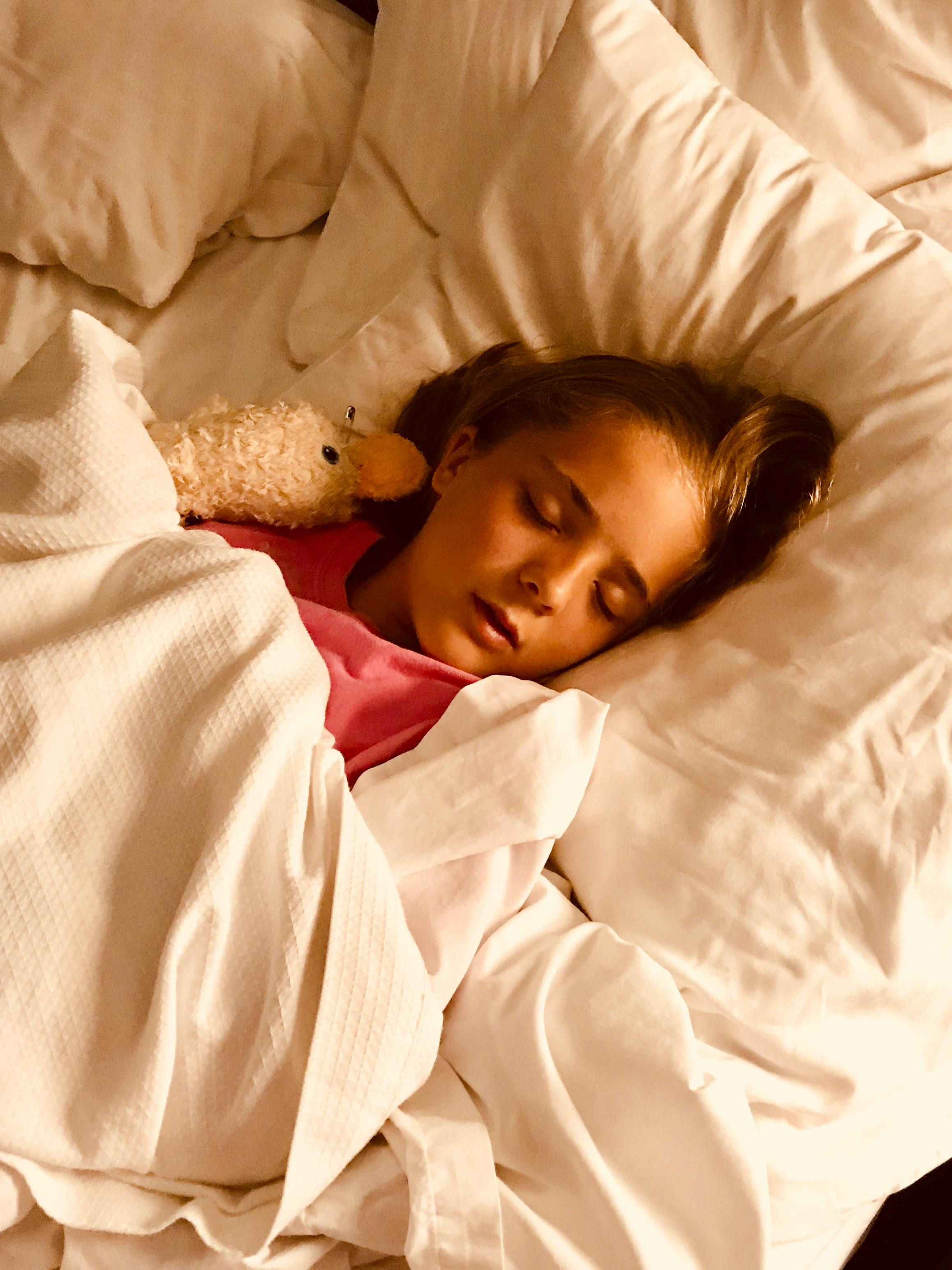"Children and Sleep Breathing: When Young Snorers Need Attention"
While snoring is often considered an adult problem, approximately 10-15% of Australian children snore regularly. Pediatric snoring can indicate serious underlying issues that require prompt attention. Understanding when childhood snoring is concerning and what treatments are appropriate is crucial for parents and caregivers.
Normal vs. Concerning Snoring in Children
Occasional light snoring during illness or allergies is normal in children. However, regular, loud snoring that occurs nightly warrants investigation. Concerning signs include gasping, choking sounds, or pauses in breathing during sleep. These symptoms may indicate sleep-disordered breathing that requires medical evaluation.
Common Causes of Childhood Snoring
Enlarged tonsils and adenoids are the most common causes of snoring in children. These tissues can grow disproportionately, blocking airways during sleep. Allergies and chronic nasal congestion also contribute significantly to childhood snoring by forcing mouth breathing. Obesity in children increasingly contributes to sleep-breathing problems.
Sleep Apnea in Children
Pediatric obstructive sleep apnea affects 1-5% of children and differs from adult sleep apnea in important ways. Children with sleep apnea may not show obvious daytime sleepiness but instead display hyperactivity, attention problems, or aggressive behavior. Academic performance often suffers due to concentration difficulties.
Behavioral and Developmental Impact
Sleep-disordered breathing in children can significantly impact behavior and development. Unlike adults who become sleepy, sleep-deprived children often become hyperactive and difficult to manage. Learning disabilities, ADHD-like symptoms, and social problems may develop from chronic sleep disruption.
Physical Development Concerns
Chronic mouth breathing from snoring can affect facial and dental development. Children who mouth-breathe may develop longer faces, narrower palates, and dental crowding. Early intervention can prevent some of these developmental changes and promote proper growth patterns.
Academic Performance Effects
Poor sleep quality from snoring affects cognitive development and academic performance. Memory consolidation, attention span, and learning ability all suffer when sleep is disrupted. Teachers may notice behavioral problems or declining grades before parents recognize sleep issues.
The Role of Tonsils and Adenoids
Enlarged tonsils and adenoids are leading causes of childhood snoring and sleep apnea. These tissues naturally grow during childhood but sometimes become problematically large. Surgical removal (tonsillectomy and adenoidectomy) is often curative for children with significant enlargement.
Allergy Management
Allergies contribute significantly to childhood snoring by causing nasal congestion and inflammation. Identifying and managing allergens can dramatically improve sleep quality. Environmental controls, allergy medications, and sometimes immunotherapy can provide relief.
Weight and Childhood Snoring
Childhood obesity rates have increased significantly, contributing to more pediatric sleep-breathing problems. Even modest weight gain can impact breathing during sleep in children. Family-based lifestyle changes focusing on nutrition and activity can help address weight-related snoring.
When to Seek Professional Help
Parents should consult pediatricians when children snore regularly for more than a few weeks without illness. Immediate attention is needed if children show gasping, choking, or breathing pauses during sleep. Behavioral changes, academic problems, or excessive daytime fatigue also warrant evaluation.
Diagnostic Approaches
Pediatric sleep studies can diagnose sleep apnea and other sleep disorders in children. These studies are adapted for children's needs and often allow parent presence. Home sleep tests are increasingly available for pediatric patients, making evaluation more accessible and comfortable.
Treatment Options for Children
Treatment approaches vary significantly from adult options. Surgical removal of tonsils and adenoids is often first-line treatment for children with enlarged tissues. Allergy management, weight loss programs, and nasal treatments may also be recommended.
Oral Appliances in Children
Oral appliances are generally not recommended for young children due to ongoing dental and facial development. However, for older children and adolescents with specific conditions, carefully monitored oral appliance therapy may be considered under professional supervision.
Environmental Modifications
Creating optimal sleep environments is crucial for children with sleep-breathing problems. Humidifiers can help maintain proper moisture levels, reducing nasal congestion. Air purifiers can minimize allergens that contribute to airway inflammation.
The Importance of Early Intervention
Addressing childhood snoring early can prevent long-term complications. Early treatment preserves normal development patterns and prevents academic and behavioral problems from becoming entrenched. The earlier intervention occurs, the better the long-term outcomes.
Family Sleep Health
Childhood snoring often affects the entire family's sleep quality. Parents lose sleep from worry and noise, siblings may be disturbed, and family stress levels increase. Addressing the child's sleep problem benefits everyone in the household.
Growth and Development Monitoring
Children with sleep-breathing problems require ongoing monitoring of growth and development. Regular pediatric check-ups should include sleep quality assessments. Dental and orthodontic evaluations may be needed to monitor facial development.
Educational Support
Children with sleep disorders may need additional educational support while treatment takes effect. Communication with teachers about sleep issues can help ensure appropriate accommodations. Academic performance often improves dramatically once sleep problems are resolved.
Prevention Strategies
While some causes of childhood snoring can't be prevented, maintaining healthy weights, managing allergies, and creating good sleep hygiene habits can reduce risk. Regular pediatric care helps identify problems early when treatment is most effective.
Long-term Outlook
Most children with sleep-breathing problems improve significantly with appropriate treatment. Early intervention can prevent long-term health and developmental consequences. The investment in addressing childhood snoring pays dividends in improved health, academic performance, and quality of life.
Understanding that childhood snoring can indicate serious health issues empowers parents to seek appropriate help. While treatment options differ from adult solutions like the Happy Sleep mouthpiece, early intervention for pediatric sleep-breathing problems is crucial for optimal development and lifelong health.



